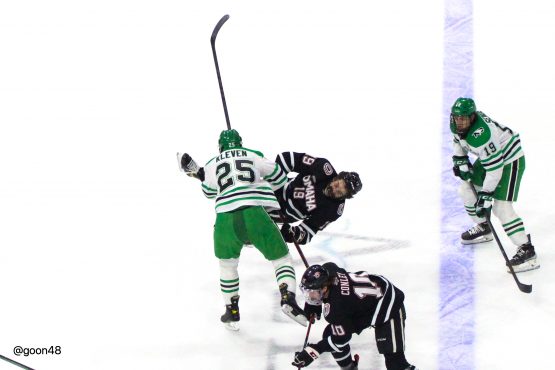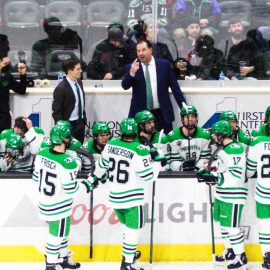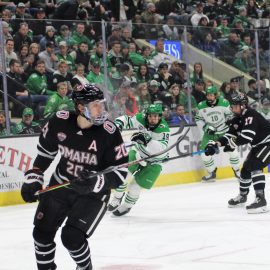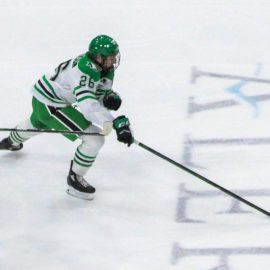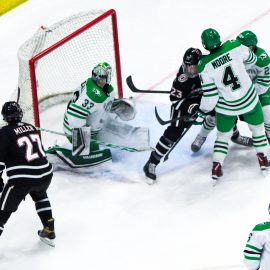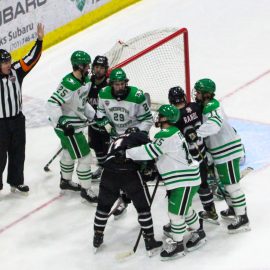By now you’ve probably heard about the new transfer rule the NCAA is considering. College hockey fans probably read about it over on College Hockey News – The proposed new transfer rules being discussed involve the ability of players to change schools without having to sit out one year, as they currently must. Reportedly, there will be an academic component tied into this, the specifics of which are still unclear.
You can take a look at the proposal at NCAA.org:
• Allow students who meet specific, high-achieving academic benchmarks to play immediately after the first time they transfer during their college experience.
• Allow prospective student-athletes who have signed a National Letter of Intent to transfer and play immediately if a head coach leaves the school of the student’s choice, as well as under other exceptions already in the rulebook. Because the Collegiate Commissioners Association manages the NLI, this idea would be referred to the CCA for consideration.
Before we start panicking: The working group is not considering — and never entertained — a model that would allow all student-athletes to transfer and compete immediately. Member schools noted that such a rule change would not lead to more student-athletes achieving academic success and graduating.
For the record, UND head coach Brian Jones isn’t a fan of the new proposal.
“What I don’t like the fact that it’s too easy for kids to leave, Jones said. “To me, it’s a problem with men’s basketball. I don’t know so much for woman’s basketball or even football. It’s too easy for kids. When you having 2-1 ratios of transfers to schools at the Division I level. That’s a problem. The one area, if there is a coaching stand I understand that, a signee should be able to leave, I get that.
“But the grad transfer, even though we took advantage of the grad transfer this year, I don’t think it’s good for our sport. At our level, it’s all about those four-year kids and developing those kids and nurturing and helping them grow, though four and five years at this level. At the bigger level, a lot of times those guys are one and done. At our level, it’s something different. We have to bring stability back to our sport because there’s not a lot of stability right now in that.”
The new rule could change the way that teams recruit players. Especially, in men’s college basketball.
“It’s changing whether we redshirt kids, and that’s sad,” Jones said. Because “If you redshirt a kid and he graduates early, Carson Shanks, Drick Bernstein. At our level when you lose those guys, it kills your program, it kills your momentum. That’s where it hurts. Well, we can’t redshirt now because they might leave us for a bigger program.
“That’s where I struggle with that. It’s the kids at our level that chase the bigger fish. There’s more planning in recruiting and whether to redshirt when it really should be about getting the most out of kids, including academically.”
Add The Sports Daily to your Google News Feed!

